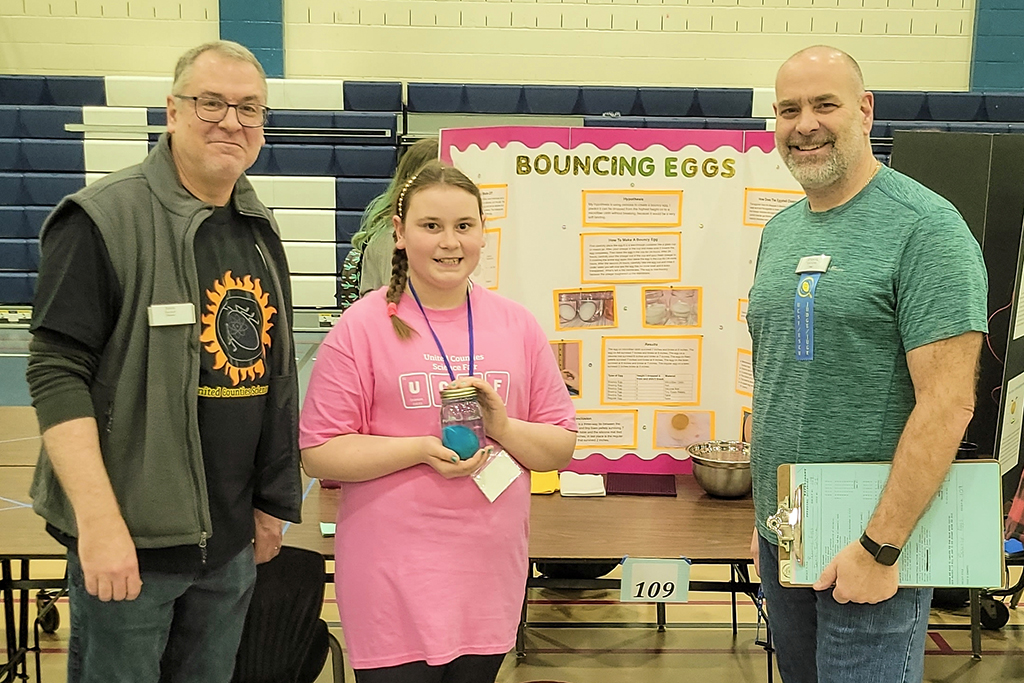
Some rectal cancers can be treated successfully, without surgery, with contact radiotherapy. explanations.
Paris Match. What role does rectal cancer play in colorectal cancers?
Professor Jean-Pierre Girard. The rectum is the final part of the large intestine between 15 and 2 cm from the margin of the anus. Does not include the anal canal. Of the 43,000 new cases of colorectal cancer detected each year in France, rectal cancer accounts for about 12,000 cases. These are adenocarcinomas. Men are affected more than women. average age of discovery is 60; 25% of patients are over 75 years old. Mainly contributing factors are the Western diet (rich in fats, sugars, and meat), tobacco, alcohol, obesity, and a sedentary lifestyle. Certain genetic conditions (familial adenomatous polyposis, Lynch syndrome) as well as inflammatory diseases of the gastrointestinal tract (ulcerative colitis, Crohn’s disease) are more at risk.
Nine times out of ten, the alert comes from obvious stool bleeding
Professor Jean-Pierre Girard
How were they discovered? What are the main points of the balance sheet?
Nine times out of ten, the alert comes from obvious bleeding in the stool (rectal bleeding), sometimes from scans for unexplained anemia. Evaluation: 1. Colonoscopy, which explores the entire colon and rectum, allows a biopsy of the tumor to be analyzed for its cells and genomics (the search for genetic abnormalities that can lead to targeted immunotherapy). 2. Regional MRI looks for possible lymph node involvement. 3. Intrarectal ultrasound shows the degree of penetration of the tumor into the rectal wall and surrounding fat. 4. A trunk scan checks for the presence or absence of distant metastases (liver, lungs, lymph nodes). This is how you classify cancer and its stage.
The standard protocol is too cumbersome,
Professor Jean-Pierre Girard
Can you summarize the different treatment strategies according to the stages?
The standard protocol (99% of cases) is very heavy, combining radiotherapy and chemotherapy before surgery to reduce tumor size. Surgical excision completes the treatment. For very small (precancerous) lesions, local excision is sufficient.
The tube emits radiation that is too superficial to irradiate nearby healthy tissue
Professor Jean-Pierre Girard
Who is contact radiotherapy suitable for and what does it consist of?
For people with osteoporosis, who refuse surgery but also for people selected from operable patients, potentially 15% of all rectal cancers. An indispensable condition: 1. The cancer must be small (less than 5 cm). 2. Localized in the rectal wall more or less deeply, without significant invasion of peri-rectal fat and without suspected large lymph nodes. 3. It is accessible (up to 10 cm from the anal margin). This technique is known, I have successfully tried it for forty years. It has recently benefited from a resurgence thanks to Franco-British co-operation and equipment improvements. It involves a hand-held endoscope that locates the tumor, through which a very narrow X-ray tube, called a papillon, is pushed into contact with it. This tube emits radiation that is too shallow to irradiate surrounding healthy tissue. Three external sessions of two minutes each, spaced fifteen days apart, are sufficient. This treatment is combined for five weeks with oral chemotherapy and external regional radiation (five sessions per week). The main side effect is transient rectal discomfort for three weeks.
The three-year local recurrence rate is 15%.
Professor Jean-Pierre Girard
What about the results of this rectal-saving approach?
From my previous studies updated at ten years, we know that the local recurrence rate at three years is 15%, and it can be recovered without loss of opportunity by surgery (hence regular monitoring every three months for two years and then every six months). The French-British-Swiss randomized study we just published in The Lancet shows that 81% of patients do not recur after four years, with good anal function, which is what the results of surgery deserve, and are radical from the start. The earlier the diagnosis (importance of screening with a Hemoccult test), the more viable this simple, well-tolerated and inexpensive approach is.






